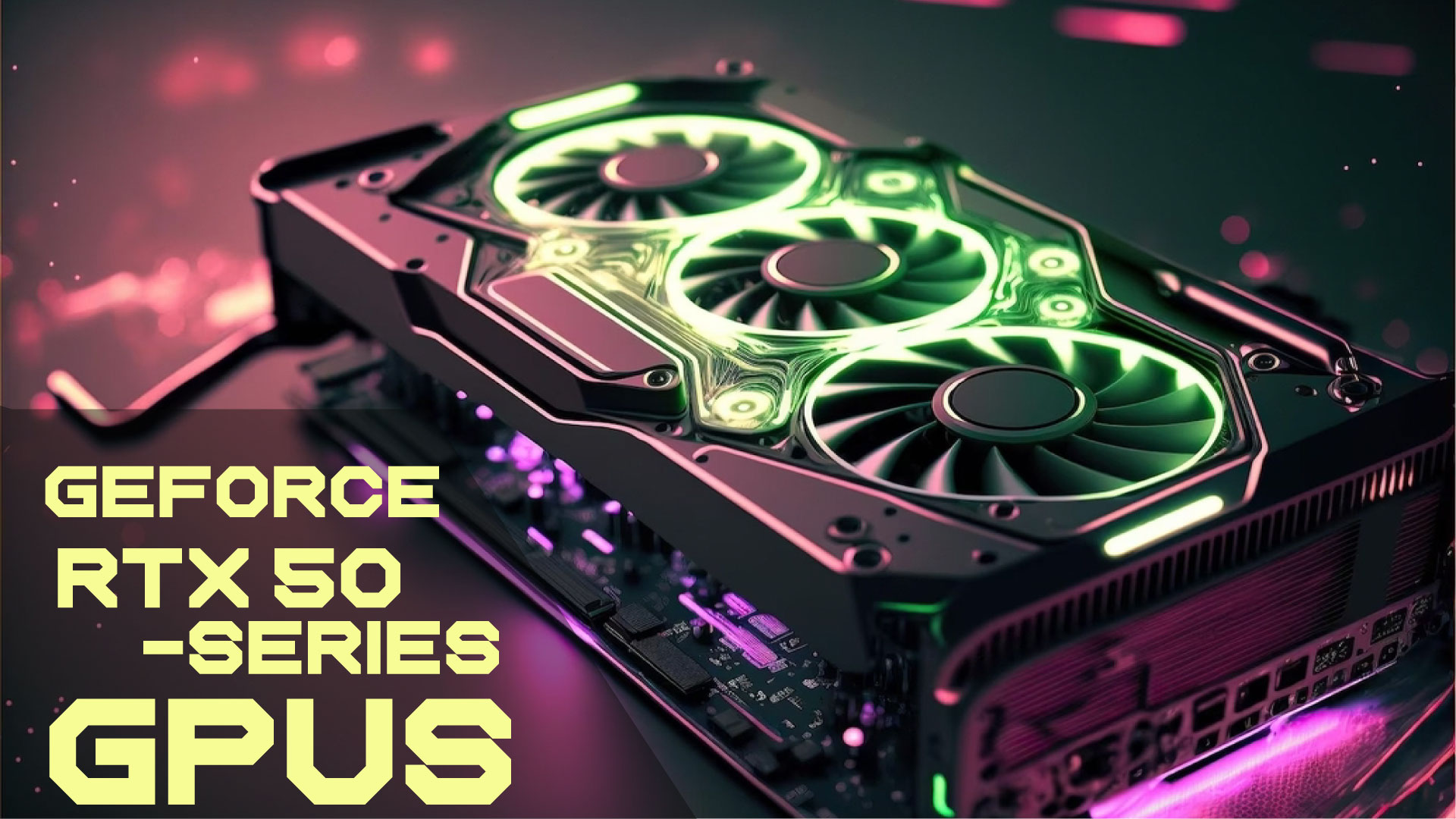The GeForce RTX 40-series GPUs from Nvidia have already cemented their place as the industry’s best graphics cards. But rumours about the upcoming GeForce RTX 50-series, codenamed Blackwell, are starting to circulate. Although some might be hesitant to take this upgrade
route, our trustworthy source, kopite7kimi, who is well-known for providing precise leaks, provides information about Ada Lovelace’s replacement.
The Leap to 3nm: A Quantum Jump in Performance
The next GeForce RTX 50-series is expected to use TSMC’s state-of-the-art 3nm process node, according to kopite7kimi. Considering that the current GeForce RTX 40-series is based on the 5nm process node, this move makes sense. With the same power level and transistor
count, TSMC’s 3nm process node promises an astounding 15% performance gain over the 5nm manufacturing node.
TSMC claims that the 3nm process node might save up to 30% of power consumption in terms of power efficiency. Its predicted 42% die size decrease over the 5nm manufacturing node is what makes it unique. This raises questions about how big Blackwell’s silicon might be.
For example, the flagship GeForce RTX 4090 is powered by the massive AD102, which has a 609 mm² chip. If the shift is accurate, Blackwell’s

DisplayPort 2.1 Support: Playing Catch-Up
It is anticipated that the rumored GeForce RTX 50-series graphics cards will support DisplayPort 2.1. AMD has already incorporated DisplayPort 2.1 into the Radeon RX 7000-series, which includes the Radeon RX 7900 XTX, as an example of how Nvidia is catching up. In
contrast, DisplayPort 1.4a ports are present on Nvidia’s latest GeForce RTX 40-series cards.
AMD uses different implementations for its workstation and consumer lines. While the W7000 series has the full UHBR20 characteristic and a maximum bandwidth of 80 Gbit/s, the Radeon RX 7000 series supports UHBR13.5 and offers 54 Gbit/s of bandwidth. But the details
of Nvidia’s integration with Blackwell is still unknown.
PCIe 5.0 Interface and Power Connectivity
Additionally, according to rumours, the PCIe 5.0 interface—which may be too powerful for common graphics cards—will be adopted by the GeForce RTX 50-series graphics cards. Presumably, Blackwell will continue to use the 16-pin power connector; this may vary based on the
updated 12v-2×6 version.
It is expected that the 12v-2×6 standard will offer a safer link, allaying worries raised by the 12VHPWR meltdown incident. Nvidia has come under fire while saying that user error is the cause of the problem. The connector and third-party adapters are cited by repair specialists as
significant factors. It becomes imperative to promote adherence to the ATX 5.0 specification in order to guarantee the security of external cables, extensions, and adapters.
Uncertain Horizons: Blackwell SKUs and Future Developments
Information on Blackwell SKUs is still unknown as of this now. There are rumors that the GeForce RTX 50 series may soon have additional cores or GDDR7 memory. It’s important to treat such information cautiously until it’s verified, though.
In conclusion, with improvements in power connectivity, display compatibility, and process technology, Nvidia’s future GeForce RTX 50-series GPUs look promising. While fans wait for more information, it’s important to stay up to date on issues facing the entire business.
Adopting standards such as ATX 5.0 can help create a more secure and resilient high-performance graphics card environment.
conclusion
In conclusion, Nvidia’s upcoming GeForce RTX 50-series GPUs, known as Blackwell, hold immense potential for gaming enthusiasts. The anticipated shift to TSMC’s 3nm process node suggests a remarkable boost in performance and energy efficiency. With DisplayPort 2.1
support, Nvidia aims to align with industry trends, enhancing the user experience. The speculated adoption of PCIe 5.0 and the 12v-2×6 power connector reflects a commitment to addressing previous concerns. As the tech community eagerly awaits more details on Blackwell
SKUs, embracing these advancements could redefine the landscape of high-performance graphics cards, offering users a cutting-edge and immersive gaming experience.









1 thought on “Unveiling the Potential: Nvidia’s Upcoming GeForce RTX 50-Series GPUs”